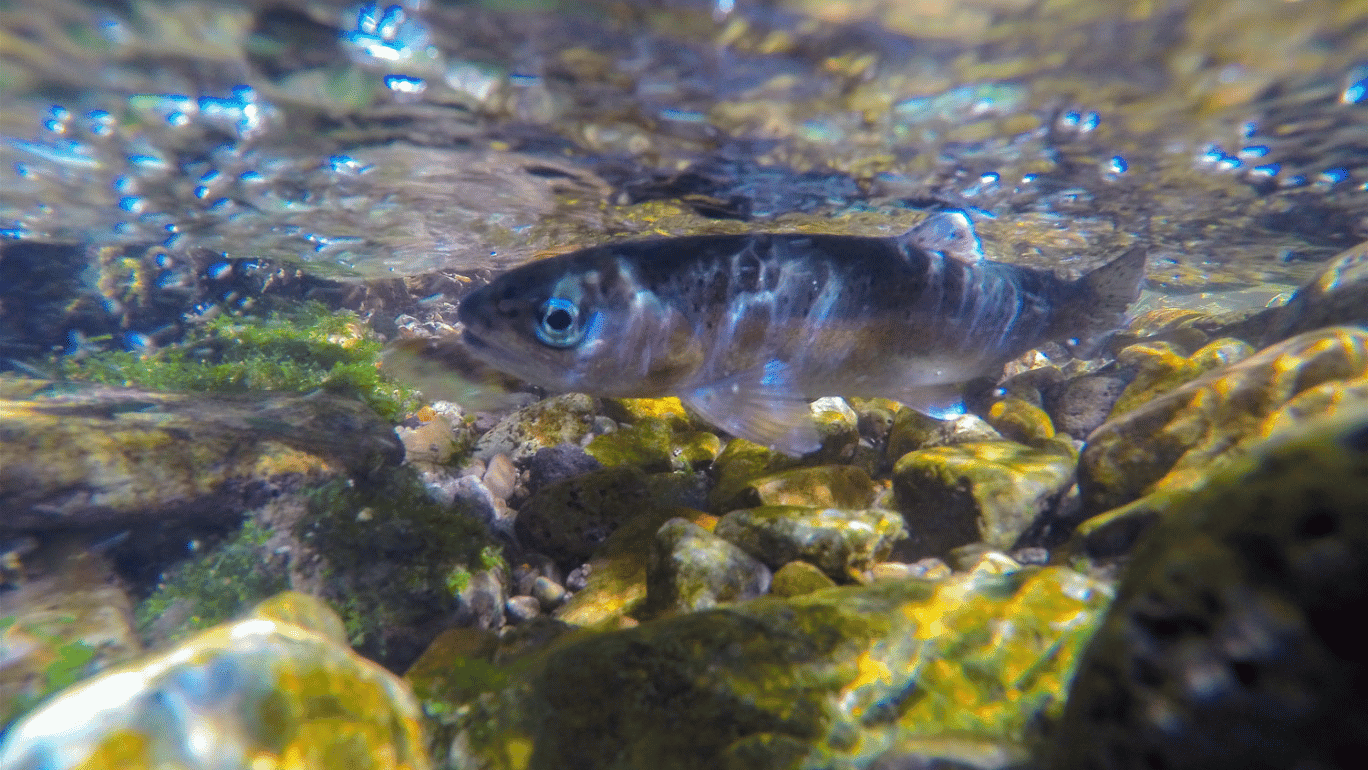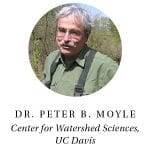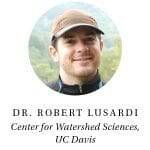Trout in the Classroom’s environmental education program fosters a new generation of advocates for saving salmonids and the watersheds in which they live.
Over the last year, California Trout has been working hard to refine our education strategy. There is so much to share about our work, and so many communities to serve. In this process of decision-making about how to share our work with youth specifically, we took on an exciting program called the Classroom Aquarium Education Program, otherwise known as Trout in the Classroom.
In Trout in the Classroom (TIC), CDFW provides salmonid eggs to classrooms where students and teachers then incubate and raise these little fish until it's time for their release into a CDFW-designated waterway. This program is well-known and much-beloved by communities throughout California. A community-based program operated on collaboration between CDFW and community and conservation organizations, it offers a flexible platform for teaching and sharing about California Trout's conservation work. To learn more about the Trout in the Classroom program, see our article on it from this last season.
We wanted this film to offer insight into why and how CalTrout operates at select project sites throughout the Bay Area, as well as giving insight into our advocacy work. The only catch is that all this information would need to be delivered in a way that youth would understand and be engaged with. We hope the simple language used in this film might not only be helpful to share with youth, but also for our general audience who want a simple introduction into a selection of CalTrout's work in this region.







